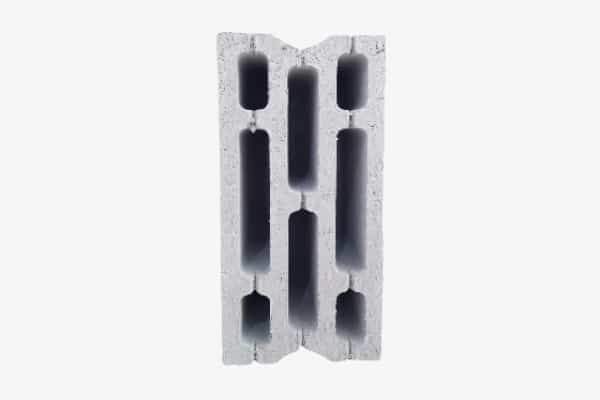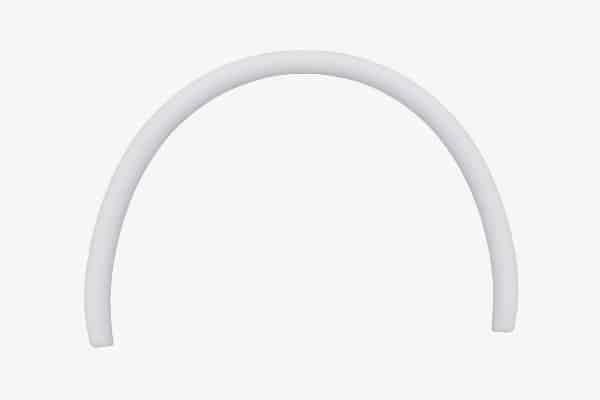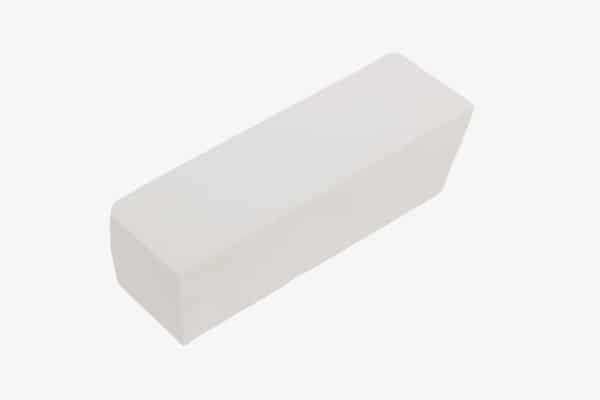Introduction
Wooden flooring is a popular choice for interior design due to its aesthetic appeal, durability, and versatility. This article explores the main types of wooden flooring, their characteristics, and standard installation methods. It also includes a FAQ section and a summary table to highlight key points. Understanding different wooden flooring types and installation methods can help in making informed decisions.
Types of Wooden Flooring
1. Solid Wood Flooring
Made from natural hardwood or softwood, this type is valued for its warmth and longevity.
Subtypes:
- Softwood : Includes pine, spruce, and balsa. Suitable for low-traffic areas.
- Hardwood : Such as oak, walnut, and mahogany. Ideal for high-traffic spaces like living rooms.
| Type | Advantages | Disadvantages |
|---|---|---|
| Hardwood | Durable, scratch-resistant | Expensive, sensitive to moisture |
| Softwood | Affordable, easy to install | Less durable, requires maintenance |
2. Engineered Wood Flooring (Parquet)
Consists of layered wood with a natural veneer top. Balances cost and quality.
Key Features:
- Layers :
- Base : Compressed wood.
- Middle : Thin wood layer.
- Top : Natural wood veneer (2–4 mm thick).
- Patterns : Chevron (herringbone) and herringbone designs are common in the installation of engineered wooden flooring types.

3. Synthetic Wood Flooring
Designed to mimic real wood while overcoming natural wood limitations like cost and moisture sensitivity. Synthetic wooden flooring types vary widely in terms of installation methods.
Subtypes:
- MDF Flooring : High-density compressed wood with moisture resistance.
- Vinyl : Plastic-based, glued or click-installed for a wood-like finish.
Installation Methods
1. Softwood Flooring (Pine/Spruce)
Mounted on a suspended wooden frame (“hover”) fixed to walls. This is a common method for installing softwood wooden flooring types.
Steps:
- Install 2×2-inch wooden battens around the room perimeter.
- Add cross battens (40–50 cm apart) in the shorter room direction.
- Fill gaps with sand, then lay 2–3 cm thick planks using hidden screws.
- Sand and apply clear varnish.
2. Parquet Flooring
Similar to softwood installation but uses thinner base planks (10×2 cm). Different wooden flooring types installation methods can vary.
Steps:
- Install the base frame and cross battens.
- Lay parquet pieces (22–30 cm long) with tongue-and-groove joints.
- Secure with angled screws, then sand and varnish.

FAQ
1. What is the difference between solid wood and parquet?
Solid wood is made from a single natural piece, while parquet consists of layered wood with a natural veneer top.
2. Can wooden flooring be installed in kitchens?
Yes, but moisture-resistant options like vinyl or MDF are recommended.
3. How long does wooden flooring last?
Solid wood can last 50+ years with maintenance, while parquet lasts 20–30 years.
Summary Table
| Type | Material | Cost | Best For |
|---|---|---|---|
| Solid Hardwood | Oak, Walnut | High | Living rooms, bedrooms |
| Parquet | Layered wood + veneer | Moderate | Bedrooms, reception |
| Synthetic (MDF) | Compressed wood | Low | Kitchens, humid areas |

Conclusion
Wooden flooring options range from natural to synthetic, each suited to different needs and budgets. Proper installation and maintenance ensure longevity. By understanding material properties and application requirements, including different wooden flooring types and installation methods, informed decisions can be made to achieve functional and aesthetic results.
According to a 2023 global flooring market report by Grand View Research, the wooden flooring segment was valued at USD 48.5 billion, with projections reaching USD 66.2 billion by 2030, growing at a CAGR of 4.8%. Among the types of wooden flooring, engineered hardwood accounts for approximately 52% of total wood flooring sales globally due to its dimensional stability and affordability. Solid hardwood, while traditional and highly durable, represents around 32%, favored in North America and parts of Europe. Bamboo flooring, often classified under wood alternatives, has seen a 17% increase in demand year-over-year, particularly in Asian and eco-conscious markets due to its sustainability.
In terms of installation methods, nail-down installation remains dominant in solid hardwood floors, especially in residential housing over wooden subfloors, with over 40% of installations using this technique in the U.S. market alone. Click-lock floating floors, common in engineered wood products, account for approximately 36%, offering easier DIY installation and reduced labor costs. Meanwhile, glue-down installation—frequently used in commercial or concrete-based settings—represents around 24% and is favored for its acoustic insulation benefits.
Regionally, the United States leads the wooden flooring market with over 1.3 billion square feet installed annually, followed by China, Germany, and Brazil. Major brands such as Pergo, Armstrong Flooring, and Kährs continue to dominate the supply chain, offering diverse product lines adapted for varying climates and humidity levels. Additionally, recent innovations like water-resistant hardwood, UV-cured finishes, and reclaimed timber flooring have gained popularity, addressing both functional and environmental concerns







